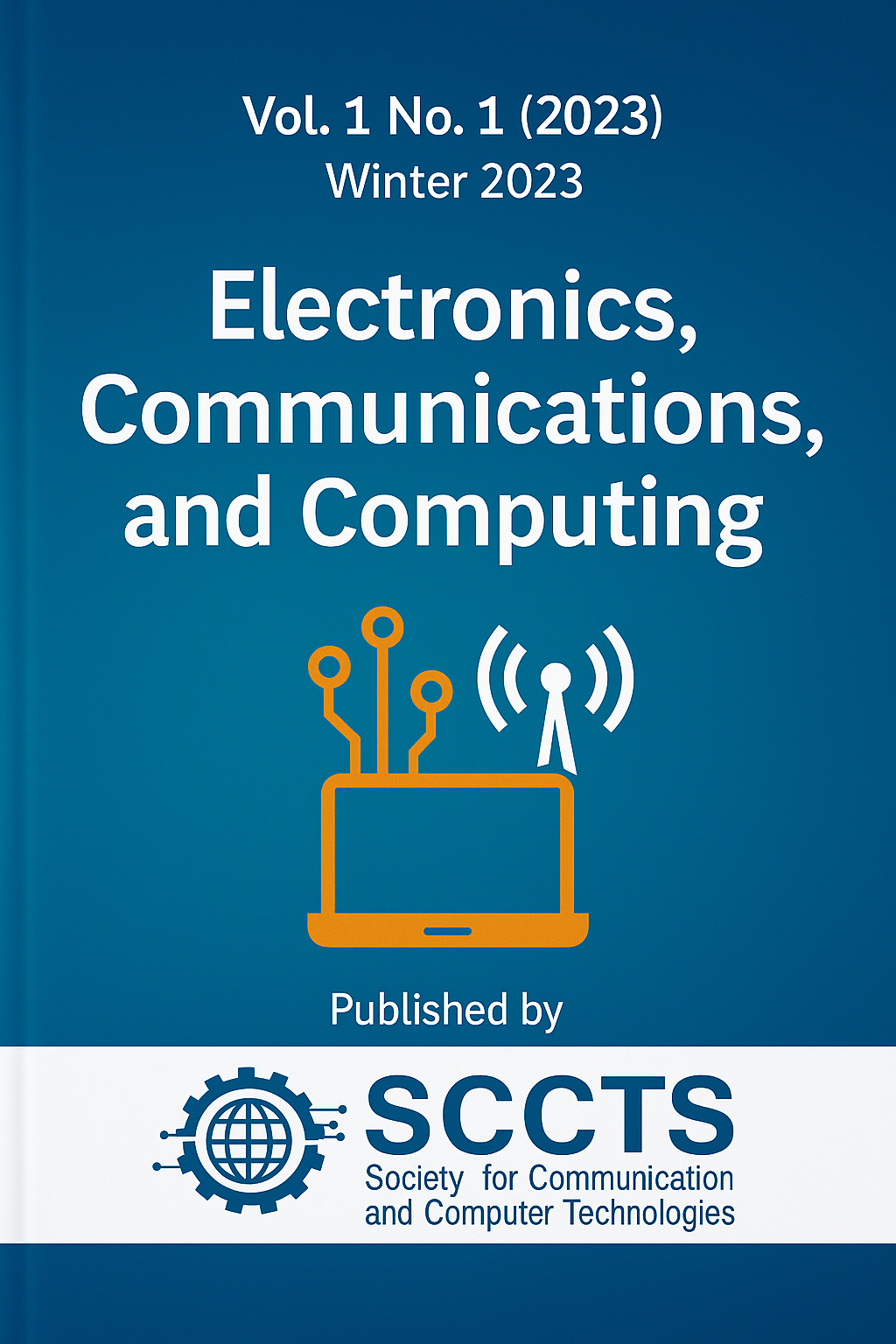AI-Powered Cyber Defense Framework for Advanced Computing Environments and Critical Infrastructure
Keywords:
AI-Driven Cybersecurity, Critical Infrastructure Protection, CNN-LSTM Hybrid Model, Reinforcement Learning, Anomaly Detection, Edge Computing Security, Cyber Defense Automation, Smart Infrastructure, Zero-Day Threats, Adaptive Security FrameworkAbstract
With the increasing adoption of advanced computing paradigm, like cloud computing, edge artificial intelligence (AI), industrial Internet of Things (IIoT), and 5G communication, the critical infrastructure systems have been exposed to very sophisticated cyber-attacks exponentially. Complex security issues arise with the use of such related environments as a result of the dynamic aspect of transmitting data, reacting to data in real-time, and heterogenous computing resources. Conventional perimeter based and signature driven cyber security solutions are not adequate to overcome zero day vulnerabilities, advanced persistent threats (APTs) and adaptive adversarial behavior. In this regard, this paper introduces an AI-based cyber defense framework specially designed to support advanced computing conditions and protection of critical infrastructure. The present framework would integrate a hybrid deep learning architecture which has a mixed Convolutional Neural Networks (CNN) to extract the spatial patterns and Long Short-Term Memory (LSTM) networks to model the temporal dependencies in network traffic to predict the correct anomalous behavior. As a complement to that, a reinforcement learning (RL) module learns and enforces policies to mitigate emerging threats adaptively depending on real-time threat intelligence and system states to reduce false alarms and response latency. The whole system is also designed to be run in the real-time manner, which qualifies it to be implemented within edge-cloud ecosystems. The effectiveness of the given method was tested through the extensive experiments with publicly available cybersecurity dataset, such as CICIDS2017 and NSL-KDD to validate the competency of the specified approach. The hybrid CNNLSTM model recorded a high percentage of classification accuracy of 96.3 percent, with the standalone deep learning models and traditional systems in the intrusion detection field registering a slightly high false positive rate of 2.7 percent, which is within the limit of 3 percent. As compared with previous policies, the RL-based policy agent was also seen to be converging fast and was able to respond efficiently to threats presented as part of the simulation on smart grid and cloud infrastructure. The findings point at the framework as a promising approach that offers the possibility to deliver proactive and agile, scalable cyber defense capacities to the current critical infrastructure systems that will result in a better security resilience, continuity of operations, and compliance against an ever-changing and continuously adapting cyber threat landscape.



